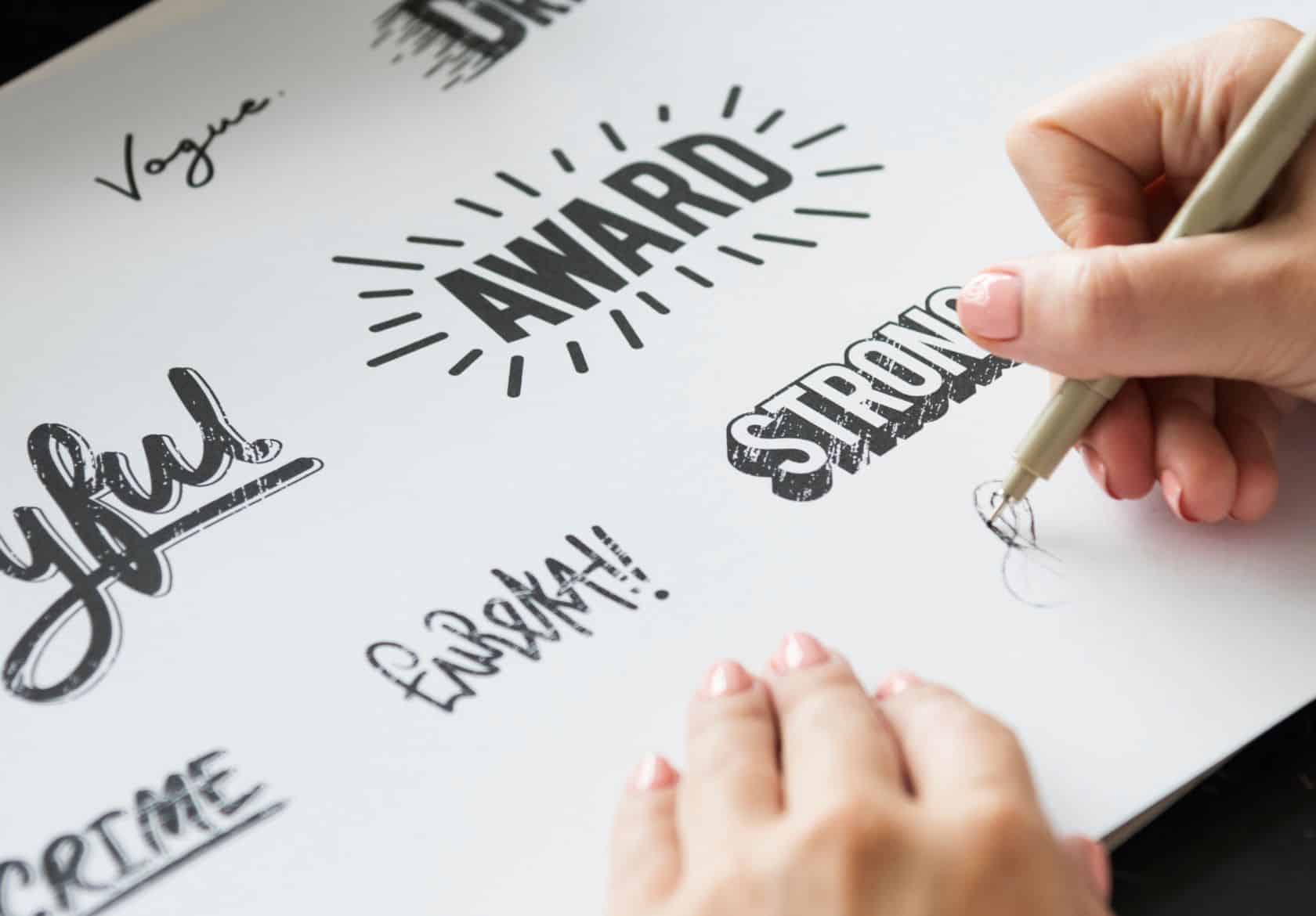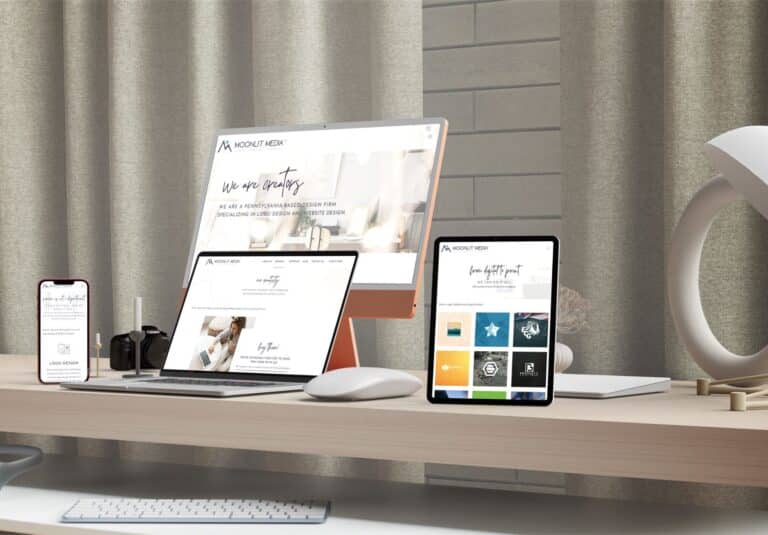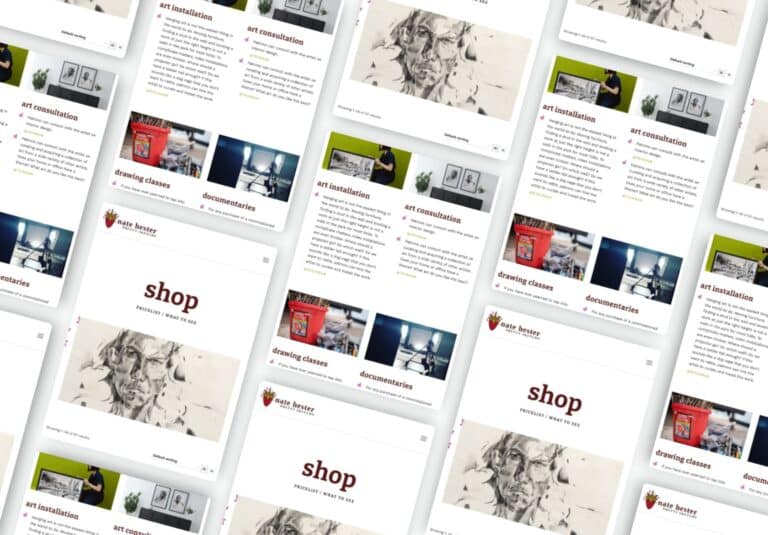Typography, the art and science of arranging type to make written language legible, readable, and visually appealing, is a fundamental aspect of design that can significantly impact your business’s identity and communication. The fonts you choose play a crucial role in conveying your brand’s personality and values.
In this article, we’ll explore the world of typography and guide you on how to select the fonts that most closely align with your business’s personality. But, remember that nothing beats hiring a professional web designer like Moonlit Media for your business needs.
The Role of Typography in Branding
Typography isn’t just about letters and words; it’s a visual language that communicates your brand’s character, tone, and message. Here’s why choosing the right fonts is essential for your business:
First Impressions:
Your brand’s typography is often the first thing people notice about your business. It sets the tone for their initial perception of your brand.
Typography Consistency:
Consistent typography across all your branding materials, from your website to your marketing collateral, helps build a strong, recognizable brand identity.
Emotional Impact:
Different fonts evoke various emotions. Whether you want to convey trustworthiness, creativity, or elegance, your font choice plays a vital role in achieving this.
Readability:
The legibility and readability of your text are crucial for effective communication. The right font ensures that your message is clear and easily understood.
Choosing the Right Fonts
To choose the right fonts for your business’s personality, follow these steps:
Know Your Brand:
Start by defining your brand’s personality and values. Is your brand modern and innovative, or traditional and dependable? Understanding these traits will guide your font selection.
Font Categories:
Fonts can be categorized into several groups, including serif, sans-serif, script, and display fonts. Each category has its own characteristics, so choose one that aligns with your brand’s personality.

Serif fonts
(e.g., Times New Roman) are often associated with tradition, trust, and professionalism.
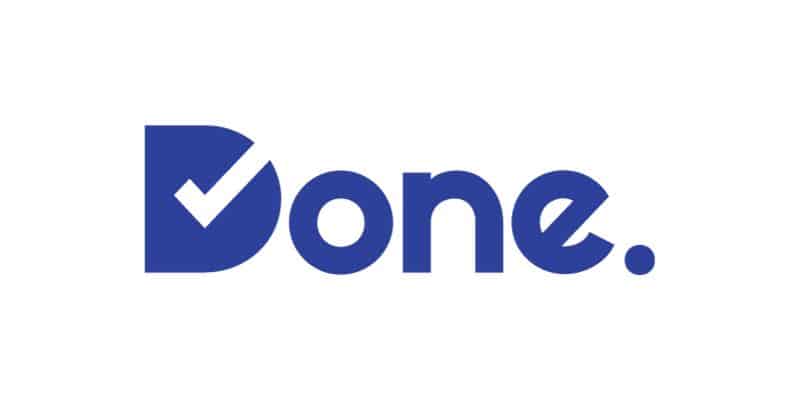
Sans-serif fonts
(e.g., Times New Roman) are often associated with tradition, trust, and professionalism.
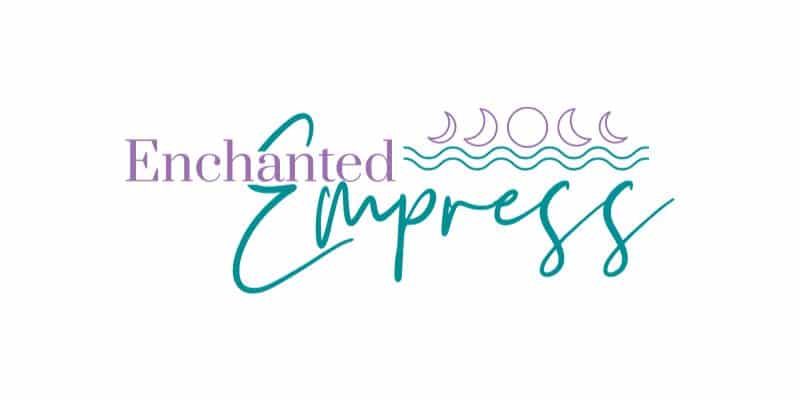
Script fonts
(e.g., Brush Script) evoke elegance, creativity, and a personal touch.

Display fonts
(e.g., Lobster) are eye-catching and best for attention-grabbing headlines or logos.
Pair Fonts Thoughtfully:
A common practice is to use a combination of fonts for headings, subheadings, and body text. Pair fonts that contrast well to create visual hierarchy while maintaining consistency.
Consider Typography Readability:
Ensure that your chosen fonts are readable across different mediums and screen sizes. Avoid overly decorative or complex fonts that may hinder legibility.
Test and Iterate:
Don’t rush your font selection process. Test different fonts in real-world scenarios to see how they perform. Collect feedback and make adjustments as needed.
Check typography Licensing:
If you’re using fonts beyond the standard system fonts, be aware of licensing restrictions and ensure you have the appropriate rights to use them for commercial purposes.
Examples of Font Pairing

Modern and Innovative:
For a tech startup aiming to convey innovation and modernity, pair a sleek sans-serif font like “Roboto” for headings with a simple and readable serif font like “Georgia” for body text.

Elegant and Luxurious:
If your business is in the luxury industry, combining a sophisticated script font like “Lobster” with a refined serif font like “Baskerville” can convey elegance and opulence.

Friendly and Approachable:
A friendly, approachable brand might opt for a rounded sans-serif font like “Lato” for headings and a clean, legible sans-serif font like “Open Sans” for body text.
Typography is a powerful tool for conveying your business’s personality and values to your audience. By understanding your brand, selecting fonts that align with its character, and thoughtfully pairing them, you can create a cohesive and impactful visual identity.
Remember that your choice of fonts should remain consistent across all your branding materials, from your logo to your website, ensuring that your brand personality shines through in every interaction with your audience.
Once you have decided on the perfect collection for your brand, create a style guide to ensure continuity throughout all design processes.

